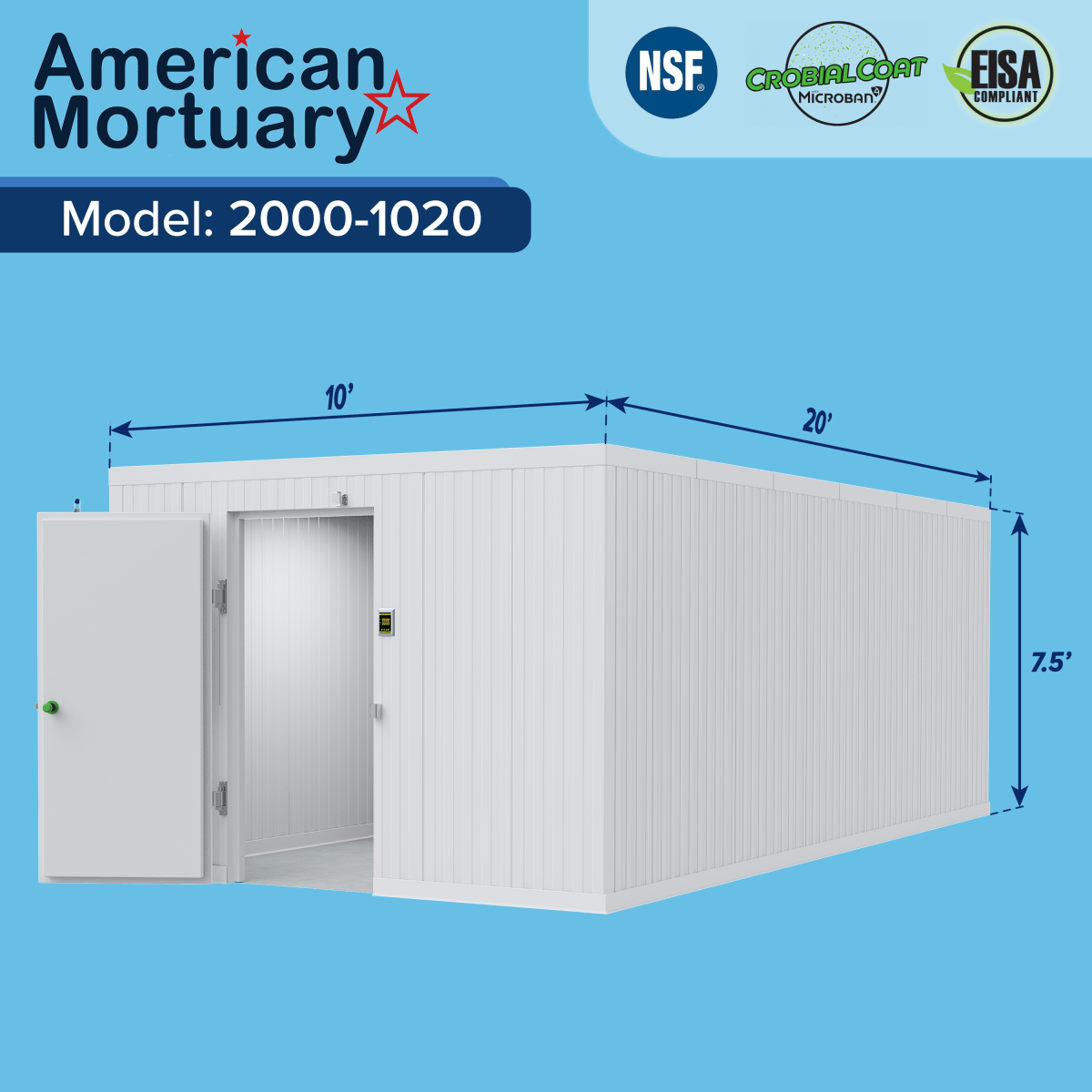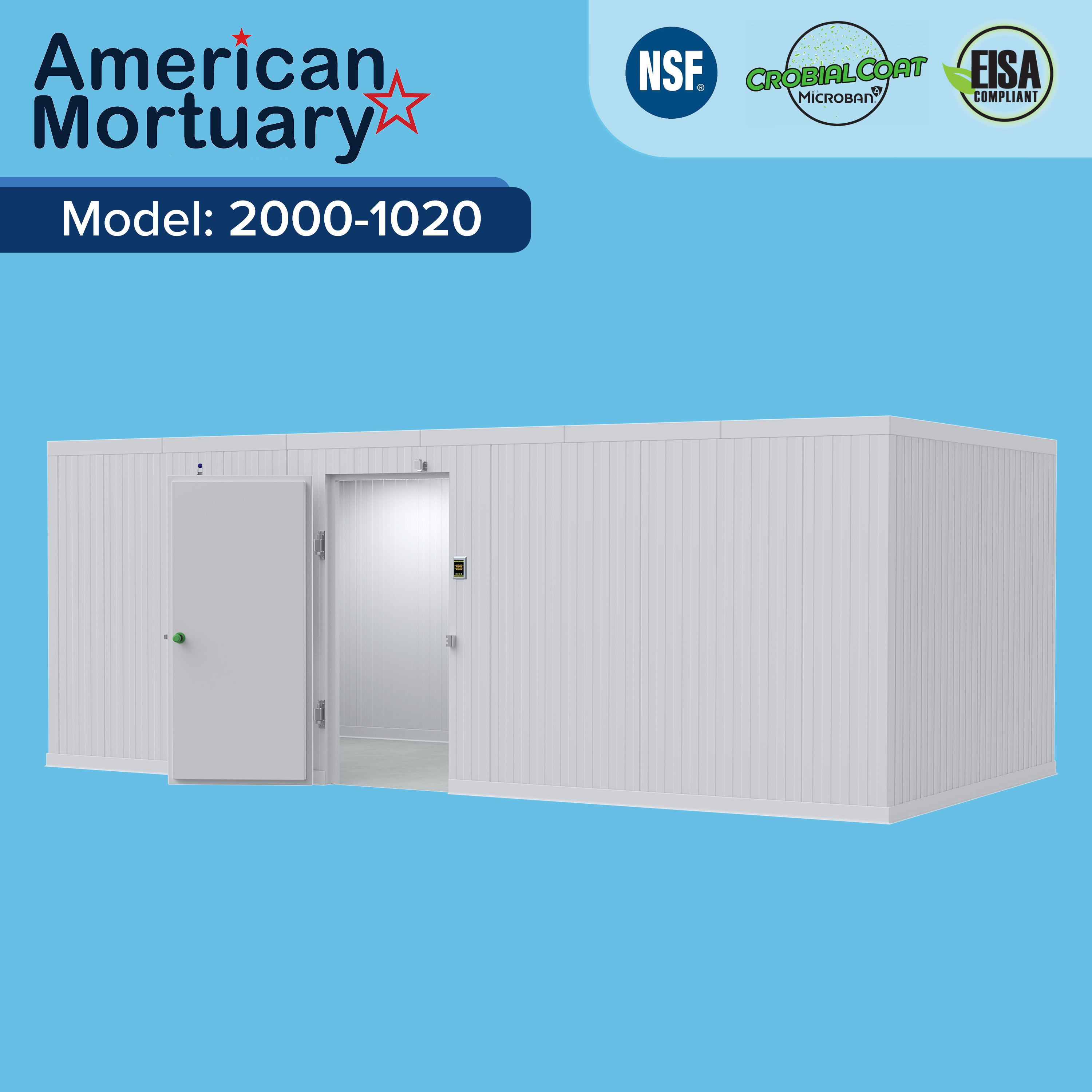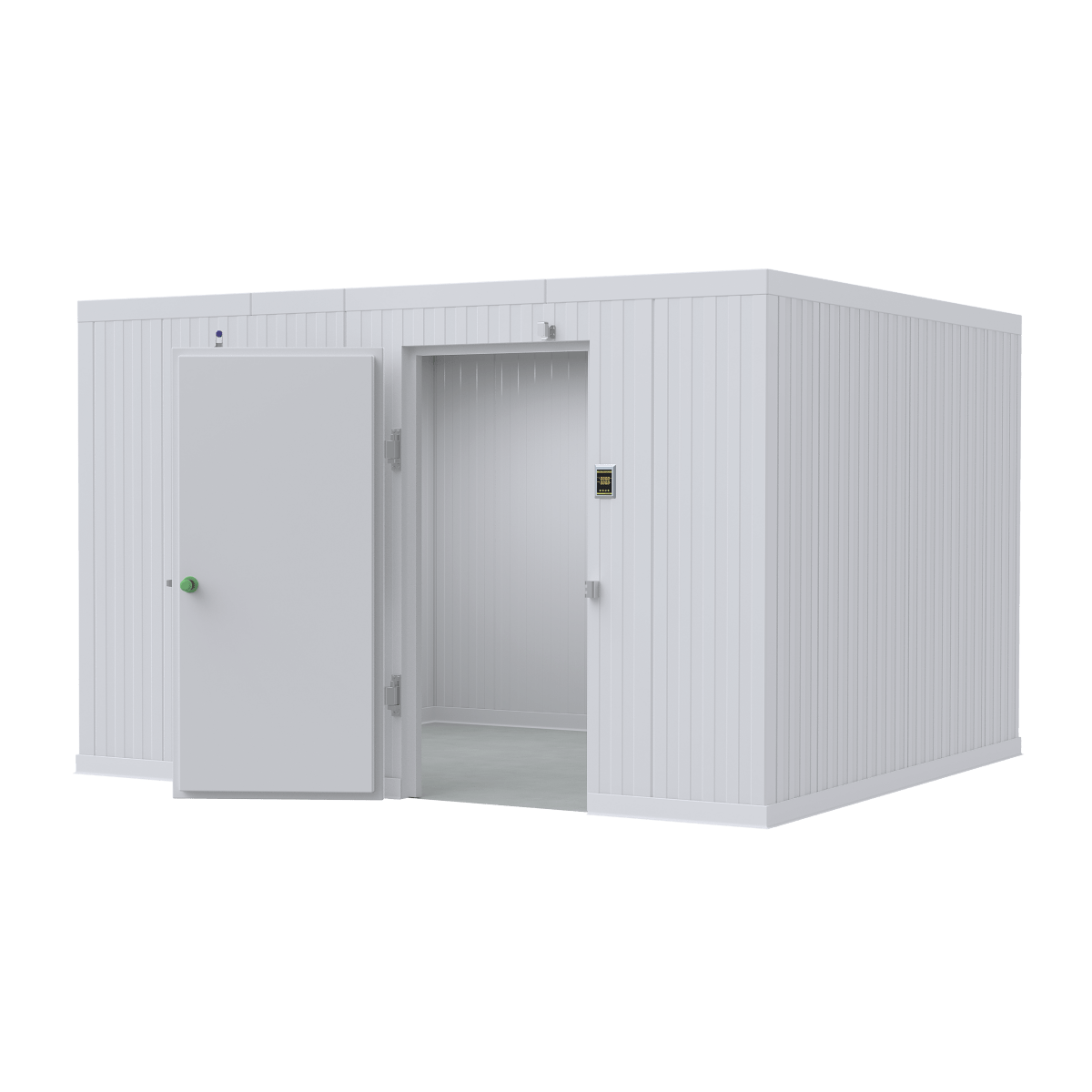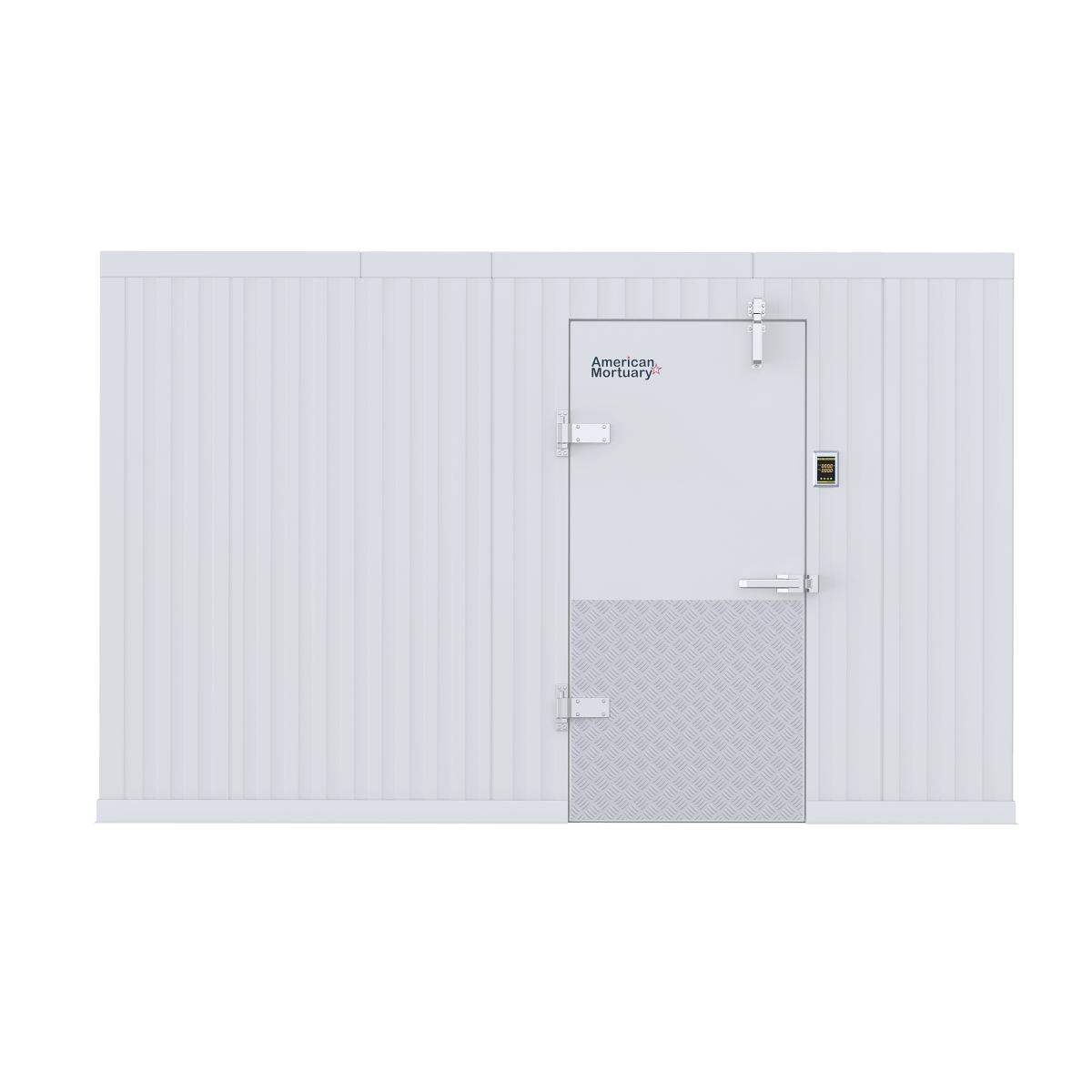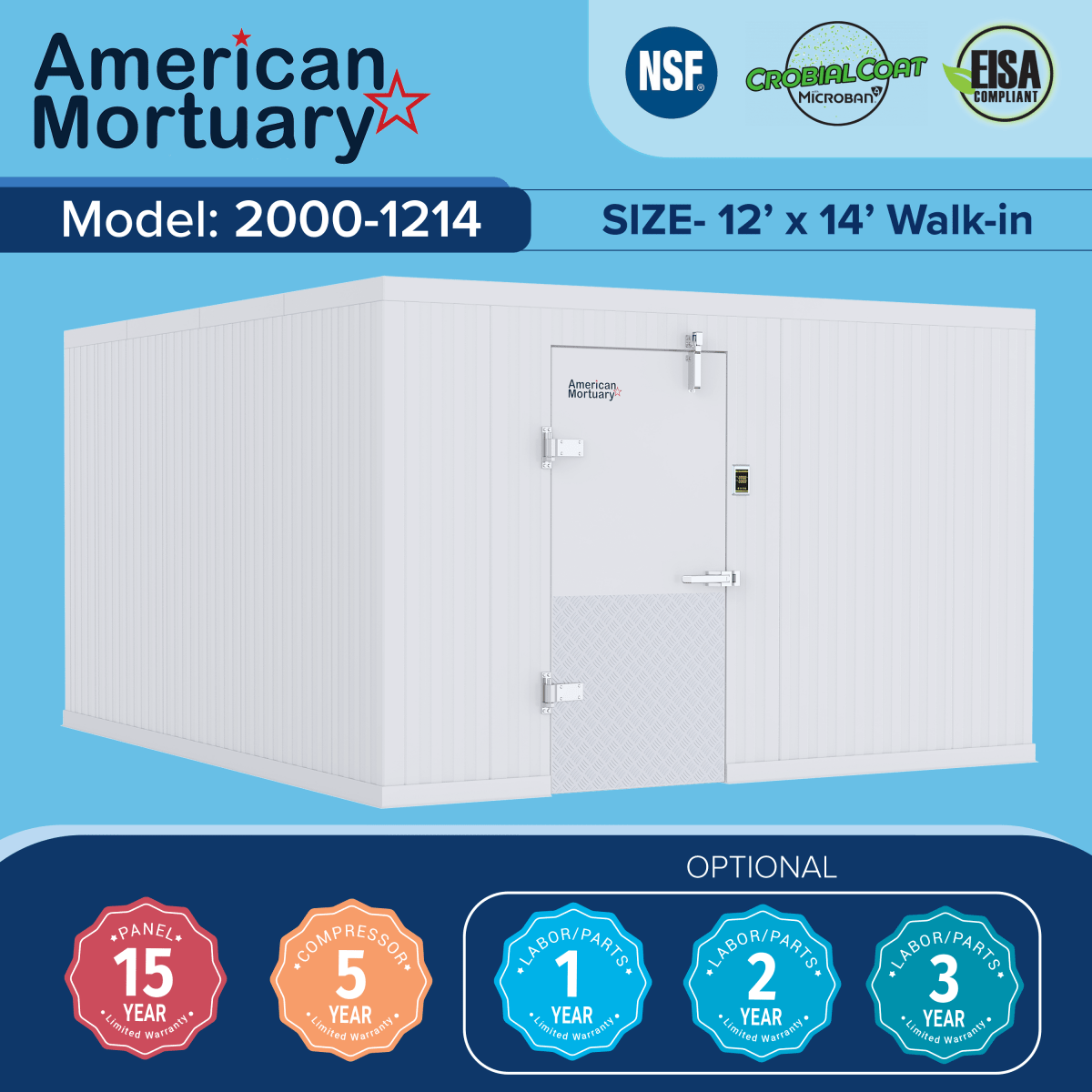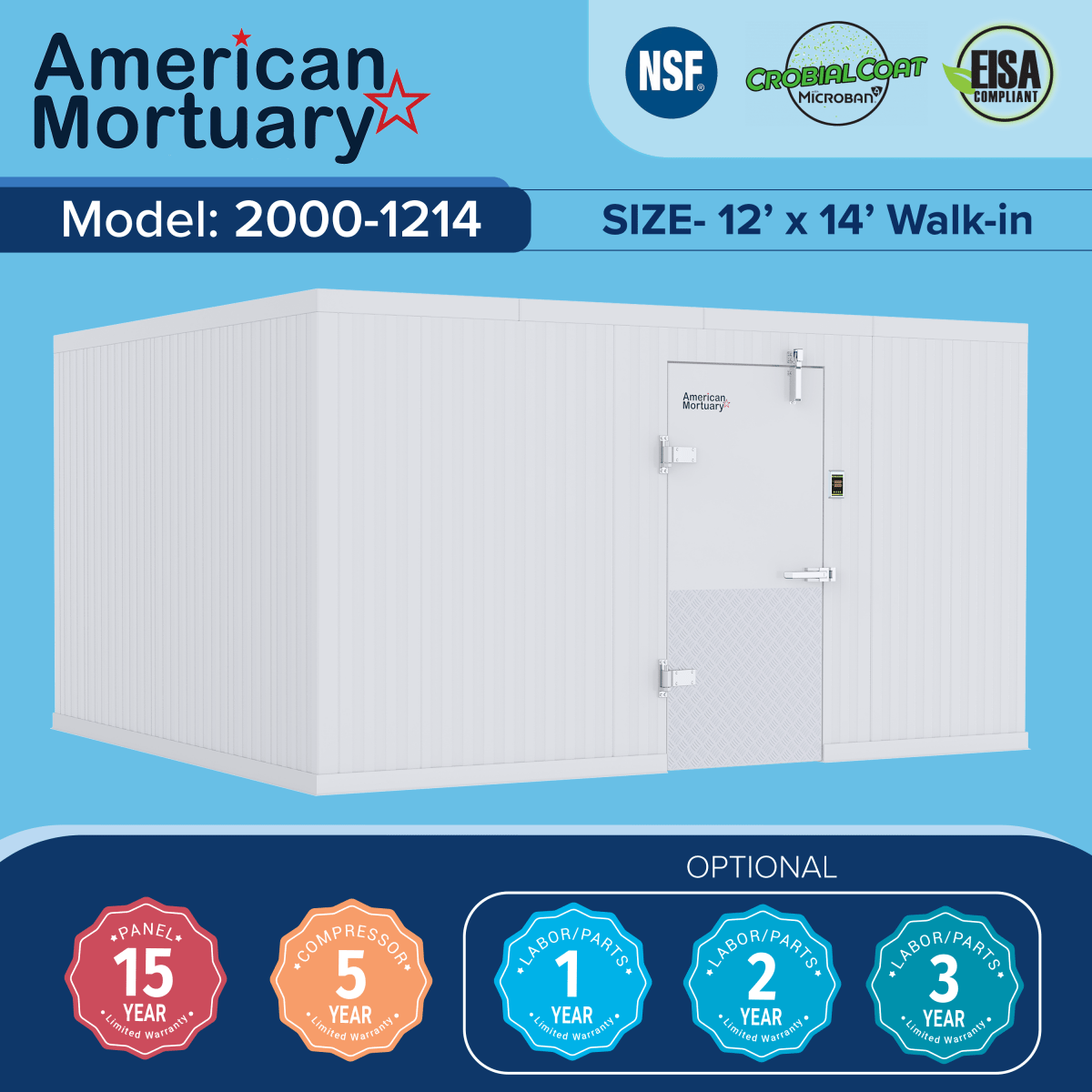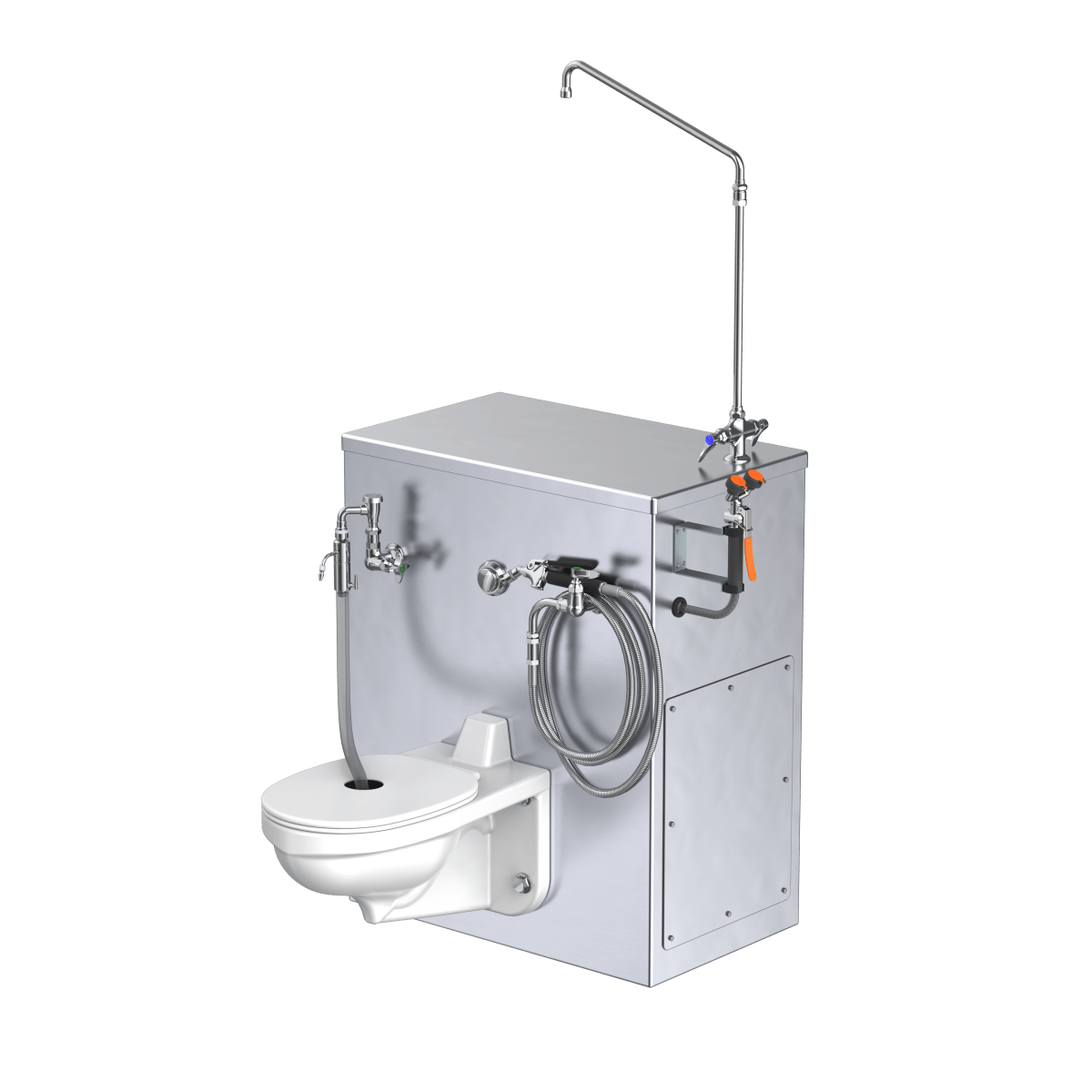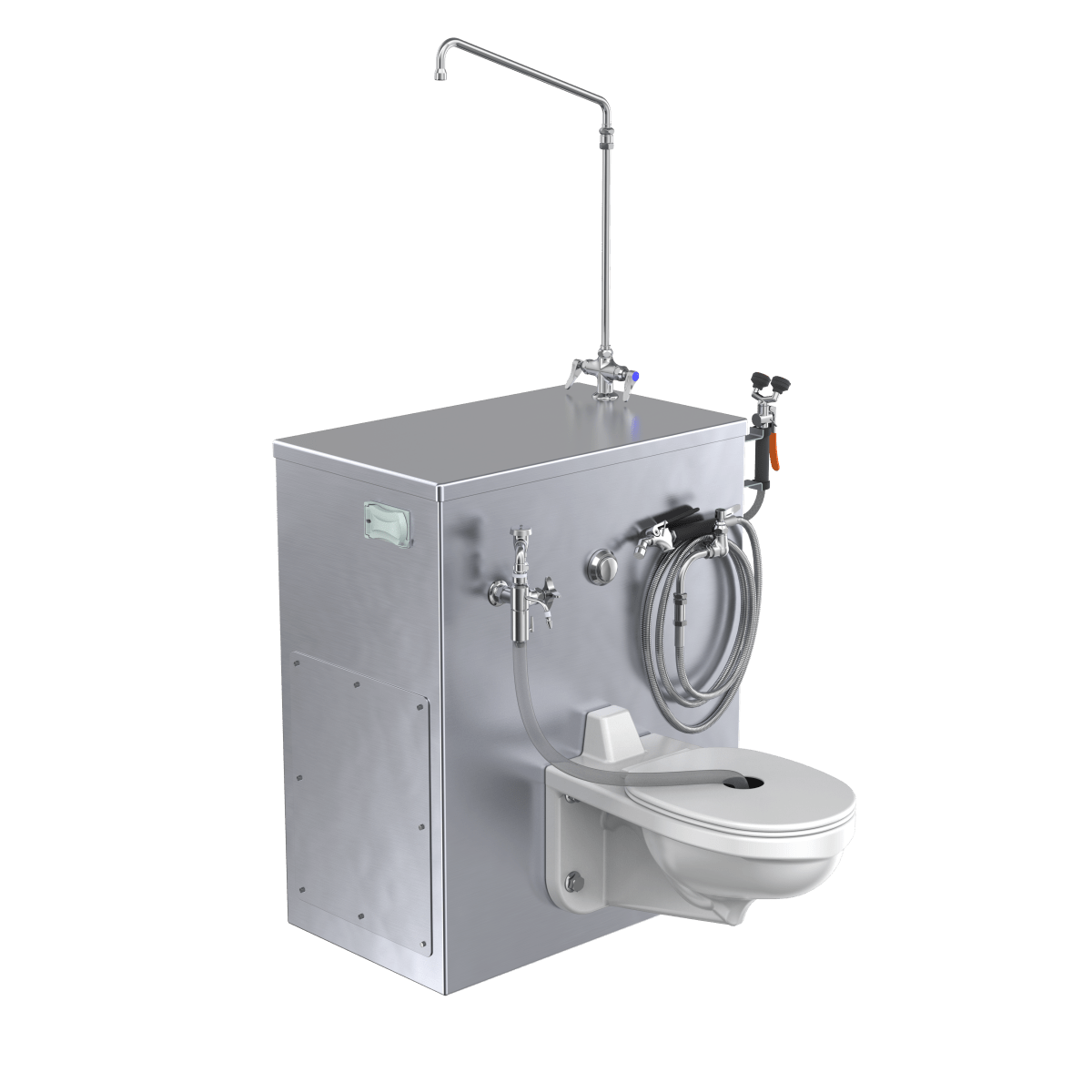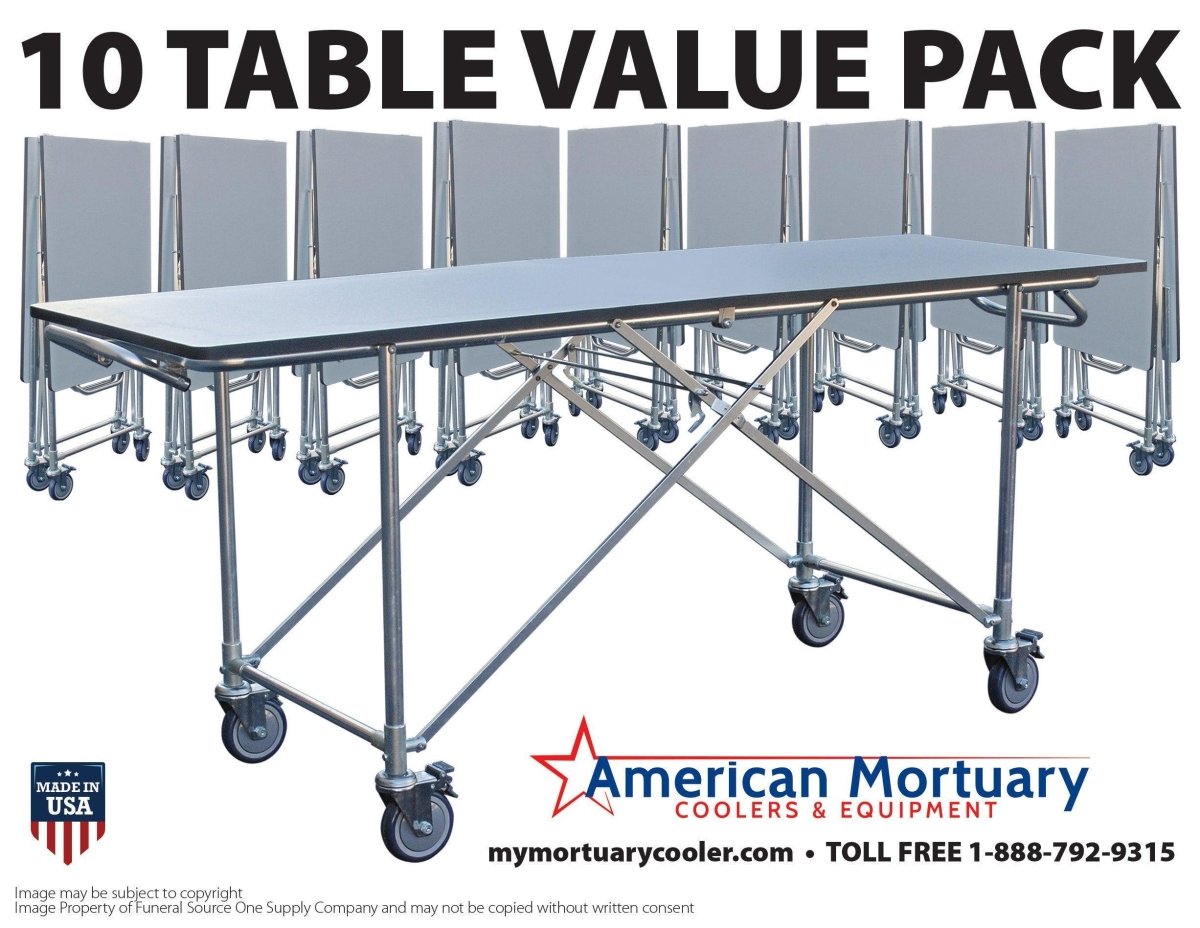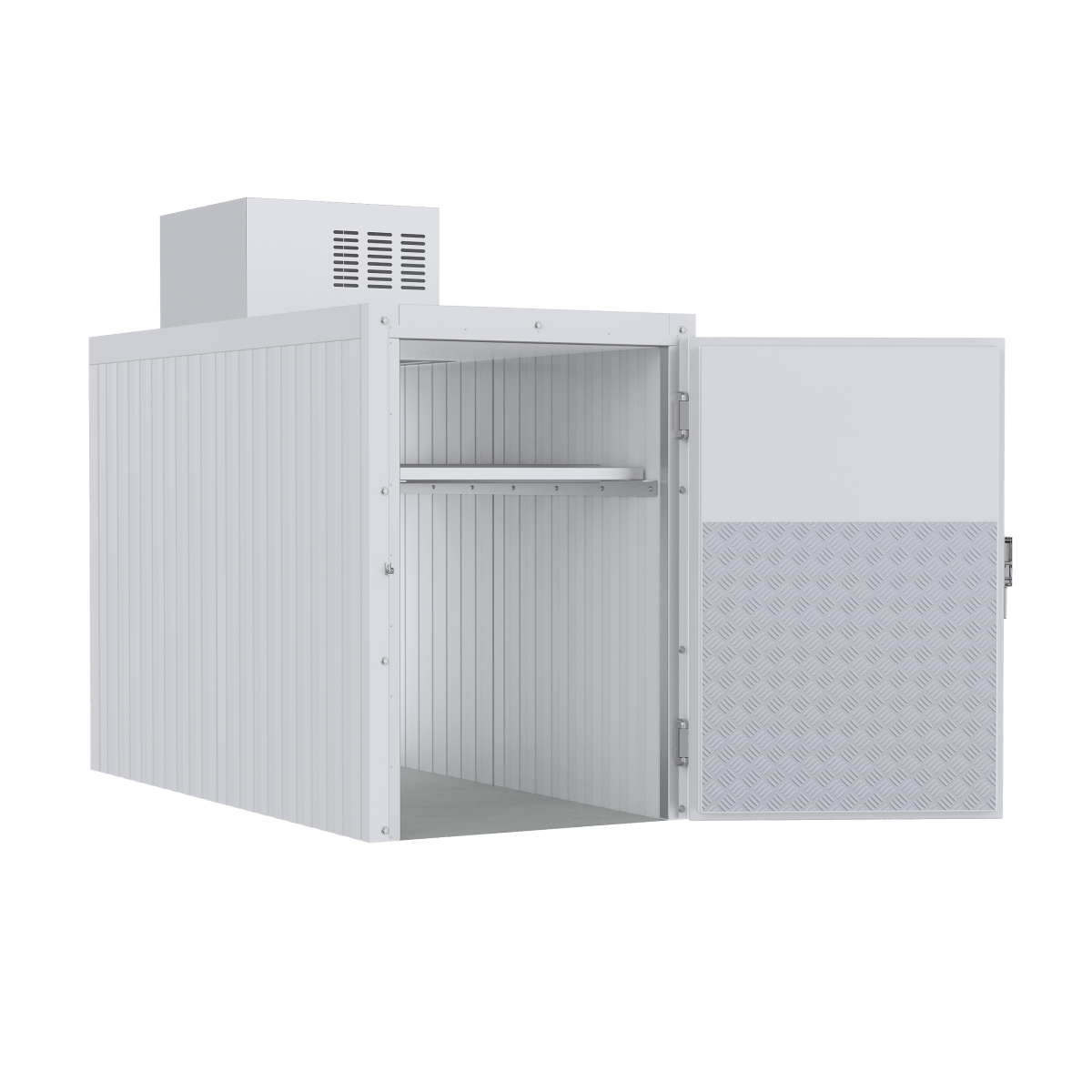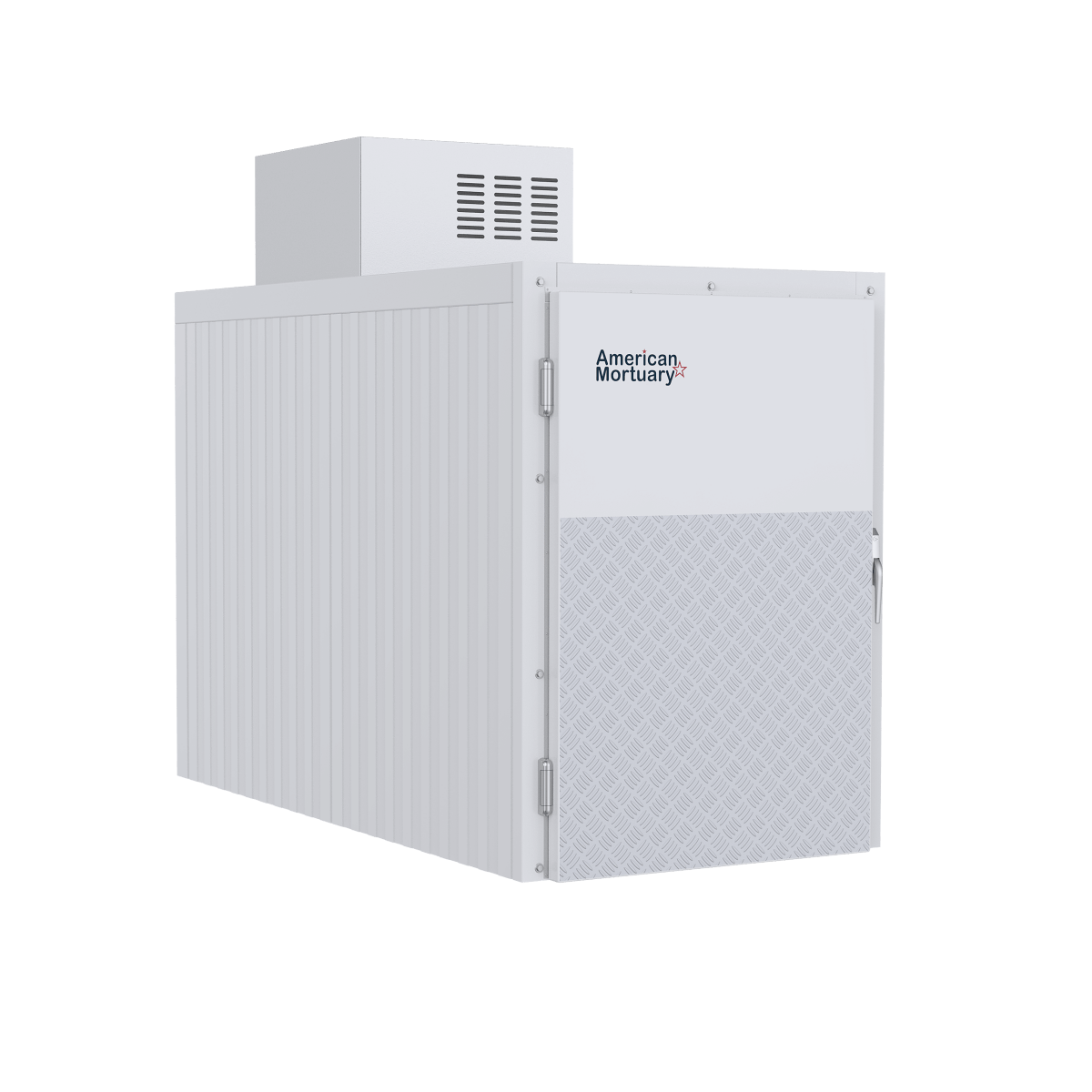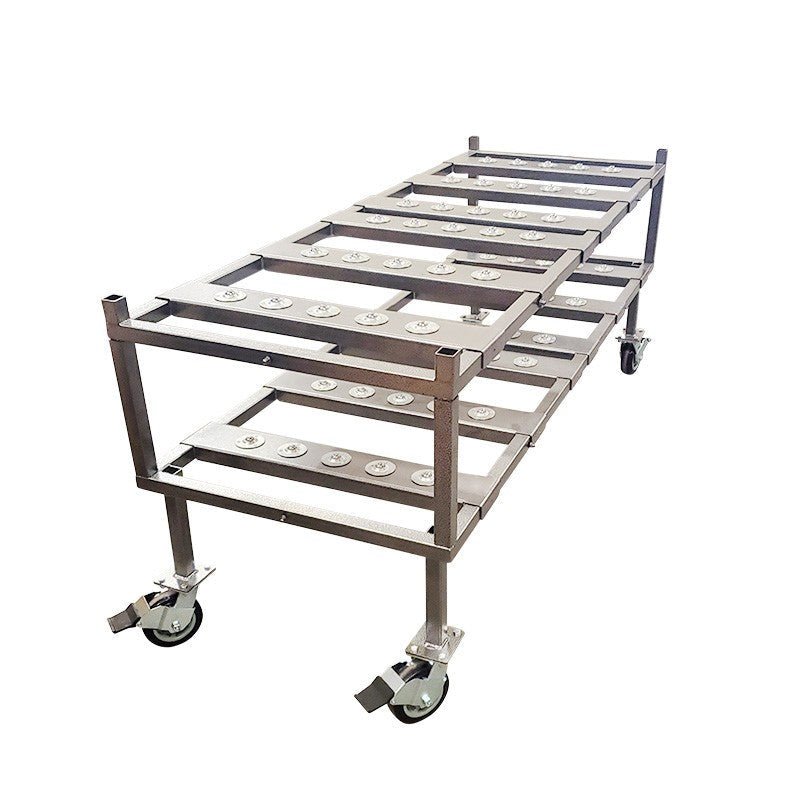Autopsy Tables: Design and Functionality Explained
In the world of forensic pathology, autopsy tables play a crucial role. They are much more than simple platforms; they are intricately designed tools that facilitate the process of examining deceased bodies. Whether in a morgue, hospital, or forensic laboratory, understanding the design and functionality of autopsy tables can provide insight into the critical work that occurs during autopsies. The seamless integration of functionality and design in these tables underscores their importance in the sensitive and precise nature of post-mortem examinations.
Forensic pathologists rely heavily on the technology and innovation embodied in autopsy tables to conduct their work with accuracy and dignity. The tables are not only tools but are integral to ensuring that the examination process is carried out under optimal conditions. This ensures the integrity of the findings and supports the broader goals of forensic investigations, which often have legal implications. Thus, the design of autopsy tables is a reflection of the complex intersection between medical science and legal standards.
Understanding the Basics
by Erwan Hesry (https://unsplash.com/@erwanhesry)
Autopsy tables, often referred to as morgue tables, are designed with precision to meet the specific needs of forensic pathologists. These tables are constructed to ensure that examinations are conducted safely, efficiently, and hygienically. The materials and engineering behind these tables reflect a deep understanding of the operational requirements in a forensic setting, prioritizing both functionality and durability.
The design of autopsy tables considers several factors, including ease of cleaning, resistance to contamination, and the ability to handle various body sizes. These tables are crucial in ensuring that forensic pathologists can focus on their primary task—conducting thorough and accurate examinations—without being hindered by inadequate equipment. The simplicity and sturdiness of the design contribute to the overall efficiency of the autopsy process, minimizing potential disruptions.
Essential Features of Autopsy Tables
Autopsy tables are equipped with several key features that facilitate the examination process:
- Durability and Stability: Autopsy tables are made from stainless steel or other non-corrosive materials to withstand the rigorous cleaning and sanitation required. They are built to support the weight of a human body securely. This durability ensures longevity and reliability, essential for facilities that handle numerous autopsies. Additionally, the non-corrosive nature of the materials prevents the buildup of pathogens, maintaining a sterile environment essential for accurate forensic analysis.
- Adjustability: Many autopsy tables can be adjusted in height and angle. This adjustability allows pathologists to position the body optimally for detailed examinations, reducing strain and improving visibility. This feature is particularly beneficial in accommodating different body types and examination needs, allowing for a comprehensive investigation. Moreover, the ergonomic design helps prevent fatigue in pathologists, enabling longer examination sessions if necessary.
- Drainage Systems: A built-in drainage system is critical. It helps manage bodily fluids, ensuring that they are efficiently and hygienically removed from the table surface. Proper drainage minimizes the risk of contamination and maintains a clean working area, which is imperative in a forensic setting. This system is often complemented by a slightly inclined table surface, aiding in the swift removal of fluids.
- Water Supply: Some tables come with an integrated water supply for washing away fluids and cleaning the body, which is essential for maintaining hygiene standards. This feature allows for immediate cleaning and ensures that the pathologist can maintain a sterile environment throughout the examination process. The availability of water on demand also aids in the thorough cleaning of tools and the table itself, ensuring readiness for the next examination.
Autopsy Coolers and Morgue Coolers
by Hanna Postova (https://unsplash.com/@annapostovaya)
The role of autopsy coolers and morgue coolers is equally important in the context of forensic pathology. These coolers store bodies before and after autopsies, preserving them in a controlled environment to prevent decomposition. The preservation process is vital in forensic investigations, as it ensures that the body remains in a state that is suitable for detailed examination and analysis.
- Temperature Control: Morgue coolers maintain a stable, low temperature, which is crucial for preserving tissues and preventing bacterial growth. Proper temperature regulation slows down decomposition, allowing pathologists ample time to conduct thorough investigations. This controlled environment is also essential in maintaining the integrity of evidence that may be crucial for legal proceedings.
- Body Storage Trays: These trays allow for the organized storage of bodies, making it easier to retrieve and transport them when necessary. The design of these trays facilitates efficient handling and minimizes the risk of damage or contamination. Additionally, the trays are usually designed to be easily sanitized, maintaining the high hygiene standards required in forensic pathology.
Specialized Autopsy Tables for Forensic Pathology
Forensic pathology often requires specialized autopsy tables that cater to the unique needs of forensic investigations. These tables may include additional features such as:
- X-ray Capabilities: Some tables are designed to accommodate X-ray machines, allowing pathologists to take images without moving the body. This integration is crucial as it enables detailed internal examinations without disrupting the body's position, preserving the scene as it was when initially received. It also speeds up the process by allowing pathologists to perform multiple examination techniques in one location.
- Increased Mobility: Mobile autopsy tables can be moved easily to accommodate different examination needs or to transport bodies between areas. This flexibility is essential in busy morgues where space and resources need to be managed efficiently. The ability to reposition tables quickly ensures that pathologists can adapt to different cases and requirements without delay.
- Enhanced Lighting: Integrated lighting systems improve visibility during examinations, which is particularly useful in detailed forensic investigations. Good lighting is imperative for spotting small details that could be critical in understanding the cause of death or identifying trauma. The lighting systems are often adjustable, allowing pathologists to focus on specific areas as needed.
The Process of Body Donation and Tissue Donation
by Ramez E. Nassif (https://unsplash.com/@ramaissance)
Body donation and tissue donation are vital components of medical research and education. Autopsy tables play a role in this process by facilitating the examination and preparation of donated bodies. The careful handling of these donations is essential in honoring the contributions of donors and maximizing their impact on scientific advancement.
Importance of Body Donation
Body donation allows individuals to contribute to medical science after death. Donated bodies are used for educational purposes, helping medical students and professionals learn about human anatomy and disease. This real-world learning is invaluable in preparing future healthcare professionals, providing them with practical experience that cannot be replicated through textbooks alone.
Furthermore, body donation supports scientific research aimed at understanding diseases and developing new treatments. By examining donated bodies, researchers can gain insights into the progression of illnesses, contributing to medical breakthroughs. This altruistic act also helps in developing new surgical techniques and improving existing medical procedures, ultimately enhancing patient care.
Tissue Banks and Tissue Donation
Tissue banks store donated tissues that can be used for transplants or research. Autopsy tables are used to examine and prepare these tissues, ensuring they are preserved correctly for future use. The meticulous process of handling and storing tissues is critical in maintaining their viability, ensuring that they remain suitable for transplantation or research purposes.
- Handling and Preservation: Proper handling and preservation of tissues are essential to maintain their viability for transplantation or research. Autopsy tables provide a controlled environment where tissues can be examined and prepared with precision. This ensures that the tissues are in optimal condition for their intended use, whether it be in life-saving transplants or groundbreaking research projects.
The role of tissue banks extends beyond storage; they are integral in matching donated tissues with recipients, facilitating life-saving transplants. The collaboration between tissue banks and medical facilities is a testament to the importance of organized systems and high-functioning equipment, such as autopsy tables, in advancing medical science.
Conclusion
Autopsy tables, along with morgue and forensic tables, are indispensable tools in the fields of forensic pathology, medical research, and education. Their design and functionality are tailored to meet the demanding requirements of these disciplines, ensuring that examinations are conducted safely, efficiently, and hygienically. The importance of these tables cannot be overstated, as they underpin much of the work that drives advancements in understanding human health and disease.
Understanding the intricacies of autopsy tables provides insight into the essential work carried out by forensic pathologists and medical professionals. These tables not only support vital examinations but also play a crucial role in the broader context of body and tissue donation, contributing to advancements in medical science and education. By facilitating accurate and respectful examinations, autopsy tables help ensure that each case contributes to a greater understanding of human health, ultimately benefiting society as a whole.
# Autopsy Tables: Design and Functionality Explained
Understanding the Basics
What are Autopsy Tables?
The Importance of Morgue Tables in Forensic Pathology
Essential Features of Autopsy Tables
Durability and Stability of Autopsy Tables
Adjustability for Optimal Examinations
Effective Drainage Systems in Autopsy Tables
Integrated Water Supply for Hygiene
Autopsy Coolers and Morgue Coolers
Role of Morgue Coolers in Forensic Investigations
Importance of Temperature Control for Preservation
Body Storage Trays: Organization and Hygiene
Specialized Autopsy Tables for Forensic Pathology
Tables with X-ray Capabilities
Increased Mobility for Flexible Use
Enhanced Lighting for Detailed Examinations
The Process of Body Donation and Tissue Donation
Significance of Body Donation in Medical Research
Importance of Tissue Banks in Transplants and Research
Handling and Preservation of Donated Tissues
Conclusion
Recap of Autopsy Tables' Design and Functionality
The Role in Advancing Forensic Pathology and Medical Science
#AutopsyTable #MorgueTable #ForensicPathology #AutopsyCoolers #MorgueCooler #BodyDonation #ForensicTables #TissueBanks #TissueDonation


